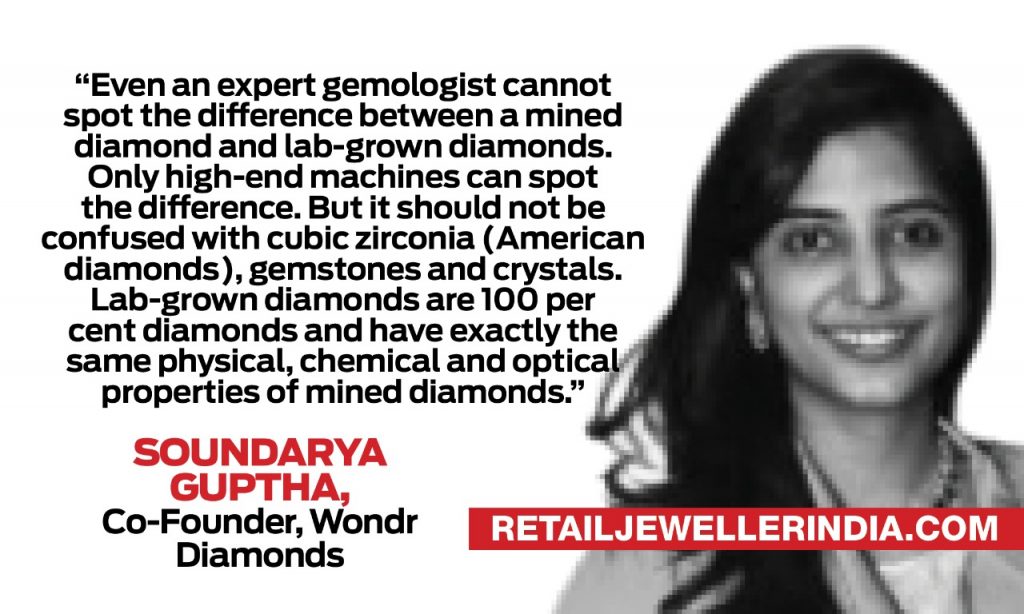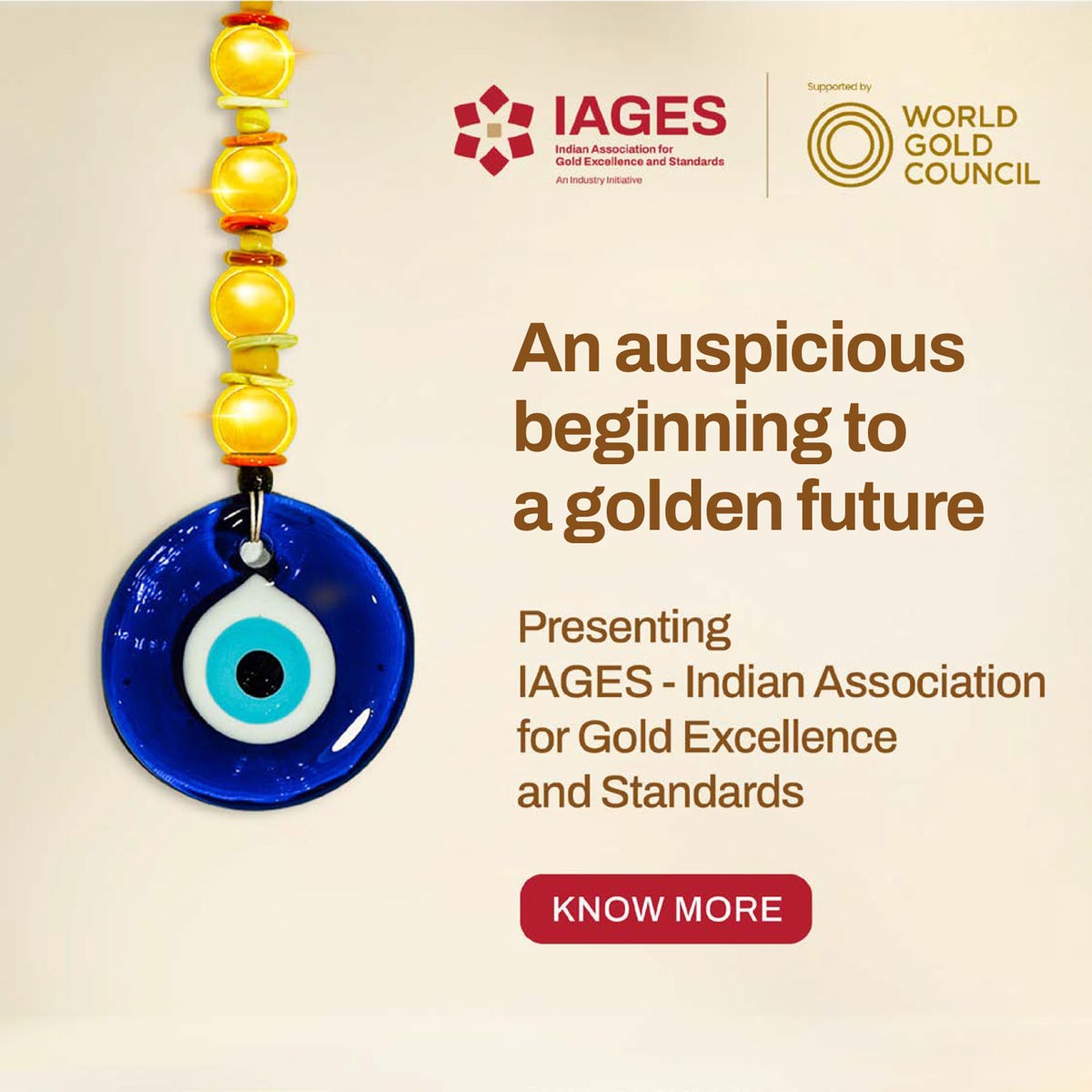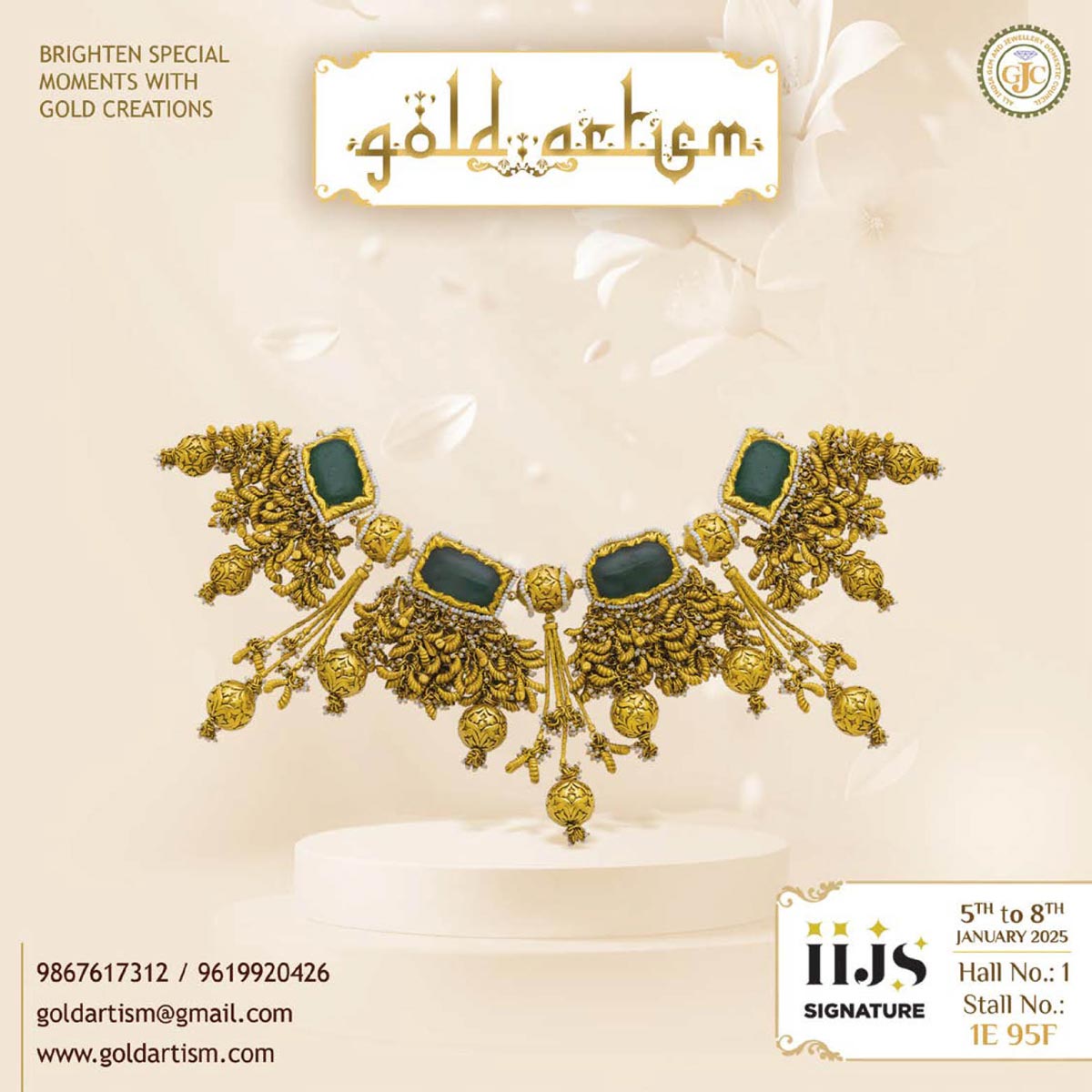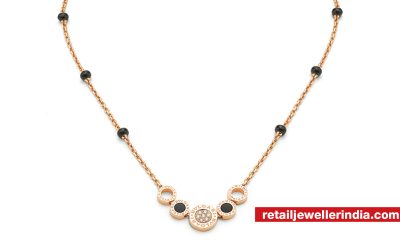Daily News
Lab-grown jeweller Wondr Diamonds to open 10 more stores by December

Chennai-based lab grown diamond jeweller Wondr Diamonds is planning to expand its footprint across south India by the end of 2021, amid growing traction for sustainable fashion and planet-friendly choices among millennials and Gen Z consumers.
“Currently, we have one store in Coimbatore, and we have recently opened one in Chennai. Our plan is to expand across south India through a franchise model. We are looking at 10 stores by December 2021,” Aishwarya Guptha, founder, Wondr Diamonds, told BusinessLine.
What is lab-grown diamond?
A lab-grown diamond, also known as earth-friendly diamond, is physically, chemically and optically identical to a mined diamond except that it is created in a lab environment by applying the same temperature, pressure and oxygen that happens underneath the earth to a natural diamond seed.

“Even an expert gemologist cannot spot the difference between a mined diamond and lab-grown diamonds. Only high-end machines can spot the difference. But it should not be confused with cubic zirconia (American diamonds), gemstones and crystals. Lab-grown diamonds are 100 per cent diamonds and have exactly the same physical, chemical and optical properties of mined diamonds,” clarifies gemologist and Wondr Diamonds co-founder Soundarya Guptha.
Demand, price
She also added that lab-grown diamonds cost only one-third the price of the mined diamonds.
While the demand for lab-grown diamonds has been increasing rapidly in the US, UK and markets like Australia, the concept is slowly gaining momentum in India as the millennial consumers are more conscious about the environmental, sustainability and ethical impact of mined diamonds.
“In mined diamonds, one can only ensure that it is ethically sourced, but they cannot reduce the impact on the earth whereas in lab-grown diamonds, we can reduce the impact on earth right from the water consumption to electricity to saving human lives from mining, etc. Also, mined diamonds are non-renewable resources so lab-grown will be the future,” Soundarya said.
In May 2021, Pandora — the world’s largest jewellery — said that it will no longer sell mined diamonds and will switch to exclusively laboratory-made diamonds due to environmental concerns and working practices in the mining industry.
According to the ‘The Global Diamond Industry 2020–21’ report by the Antwerp World Diamond Centre, lab-grown diamond production reached 6-7 million carats in 2020, with 50-60 per cent of it manufactured in China with India and the US emerging as major production centres.
Social impact
On the other hand, rough diamond production continued its downward trend falling to 111 million carats after peaking to 152 million carats in 2017.
“Sustainability and social consumerism became more influential to purchase decisions, and the pandemic heightened attention to global health and safety concerns. Social impact is the top sustainability concern for US consumers; in China and India, consumers care most about environmental preservation, conflict-free supply chains, and carbon footprint,” the report noted.
“Today, a lot of youngsters are convincing their parents to come and buy these diamonds. So, we are planning a lot of educational campaigns and are also collaborating with many influencers on social media to bring more awareness. We see a very big future for this segment,” Soundarya added.
Courtesy: The Hindu



-

 Daily News2 months ago
Daily News2 months agoBvlgari adds designs to its pathbreaking mangalsutra collection ahead of wedding season
-

 Daily News2 months ago
Daily News2 months agoTrent, a TATA subsidiary, launches lab-grown diamond brand ‘Pome,’ shares surge 7.67%
-

 Daily News2 weeks ago
Daily News2 weeks agoMalabar Gold & Diamonds launches ‘Heritage Show’ in Mangalore, featuring jewellery inspired by Maharanis
-

 Daily News4 weeks ago
Daily News4 weeks agoSavji Dholakia’s visionary water conservation project ‘Bharatmata Sarovar’ reinforces commitment to sustainability









